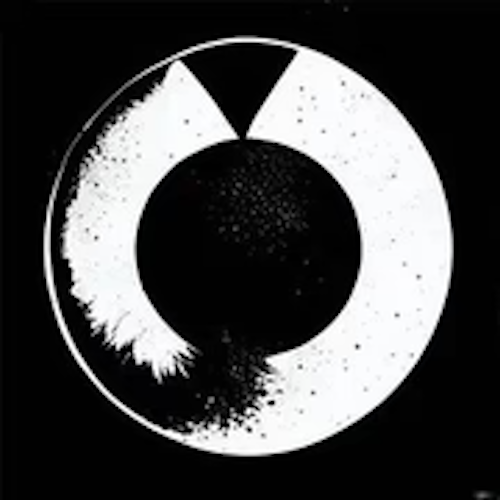How to Optimize Your 3D Printing Process: A Step-by-Step Guide to SLA and FDM
Share
Welcome to Technast, a Canadian leader in advanced design and manufacturing specializing in intricate futuristic 3D printed objects for high-end retail and scientific use. As Canada's leading service provider, especially in the regions of Toronto, Mississauga, and the GTA, we offer a step-by-step guide on how to optimize your 3D printing process focusing on SLA and FDM techniques.
Understanding SLA and FDM
Stereolithography (SLA) and Fused Deposition Modeling (FDM) are two of the most common 3D printing technologies. While SLA uses a laser to harden liquid resin layer by layer, FDM melts a plastic filament to create 3D objects. Both techniques offer unique advantages and choosing the right one depends on your specific needs.
SLA Optimization
Our guide on jewelry prototyping covers the essential aspects of SLA optimization, including resin prints and cast-ready prep. Understanding the properties of the resin you are using, optimizing your model's orientation, and ensuring proper post-processing can significantly improve your SLA printing results.
FDM Optimization
At Technast, we specialize in big size, big precision FDM printing for industrial applications. FDM optimization involves proper temperature settings, layer height adjustments, and infill density considerations. Each of these elements plays a crucial role in achieving quality FDM prints.
To learn more about our 3D printing services or to place a custom order, visit our custom 3D print order page or contact us today.
